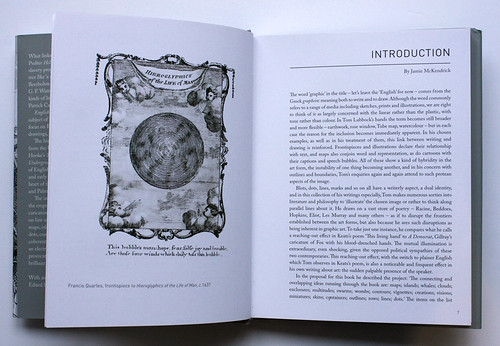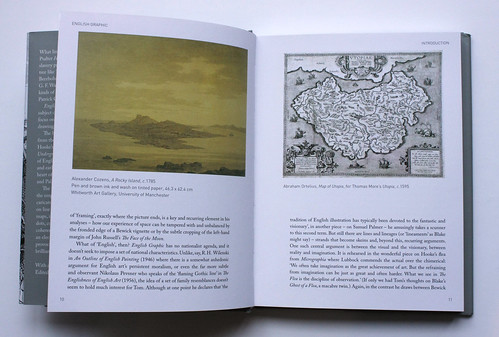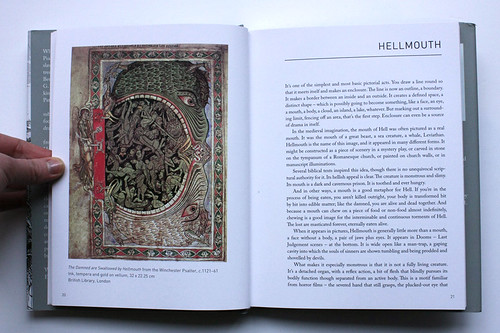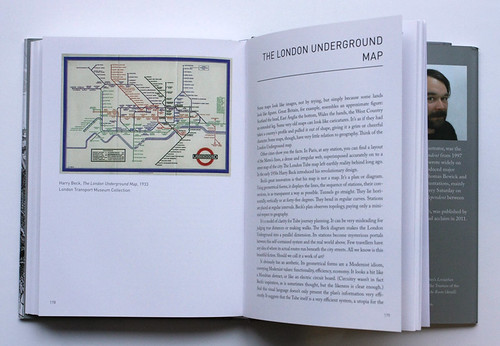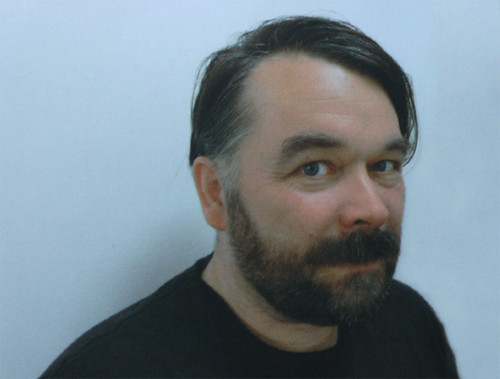Thursday, 9:05am
21 February 2013
Lubbock’s brilliance
English Graphic
By Tom Lubbock <br> With an introduction by Jamie McKendrick <br> Edited by Marion Coutts <br> Frances Lincoln, £20/$29.95

During his lifetime, the prickly, uproarious brilliance of Tom Lubbock’s writing on art was a frustratingly well kept secret, writes Robert Hanks, hoarded by a few artists and fellow journalists, and the ever-diminishing fraternity of readers of the Independent newspaper (where we were colleagues for many years).
Since his death at the beginning of 2011, a series of books has made his work more widely available. The first was an essay, Until Further Notice I Am Alive, about living with a brain tumour that was slowly erasing his faculty of language; the second, Great Works, was an anthology of the weekly Independent column in which he fixed his attention on single works of art – the pleasure lying largely in Tom’s refusal to stick to conventional definitions of art or greatness.
Spread from English Graphic featuring Francis Quarles’ Hieroglyphics of the Life of Man, c. 1637.
Top: cover of English Graphic, featuring Thomas Hobbes’s Leviathan (detail)1651 by Abraham Bosse © The Trustees of the British Museum and Alice Overgrowing the Room (detail) 1865 by John Tenniel.
English Graphic is another anthology, again taken largely from the Great Works column, though it includes longer pieces – exhibition reviews, a catalogue essay, and some unpublished pieces. Although the title suggests a tighter focus, the range is even odder and more various. Under ‘graphic’, Lubbock includes more or less any pictorial art that is not oil-painting: watercolours, pastels, engravings, frontispieces, diagrams, a stained-glass window at Lincoln Cathedral, the Mappa Mundi in Hereford, and the white horse at Uffington.
There is no overriding theme – no theory of Englishness – though Tom’s widow, Marion Coutts, mentions a possible subtitle, ‘Arguments in Shape and Line’; and in the introduction the poet Jamie McKendrick quotes a list of his concerns: ‘maps; islands; whales; clouds; enclosures; multitudes; swarms; wombs; contours; vignettes; creations; visions; miniatures; skins; containers; outlines; rows; lines; dots.’ He might have added, an interest in the way that a picture can be a self-contained two-dimensional world, even when it is purporting to represent one in three dimensions.
Spread featuring Alexander Cozens’ A Rocky Island ca. 1785 (Whitworth Art Gallery, University of Manchester) and Abraham Ortelius’ Map of Utopia, for Thomas More’s Utopia, c. 1595.
The Damned are Swallowed by Hellmouth from the Winchester Psalter, ca. 1121-61, British Library, London.
You could read English Graphic end to end – the chronological arrangement makes that seem reasonable – but the book is better skipped through, so that you see how themes and subjects reach across centuries, how different ways of representing can come to seem like the same thing: Francis Towne’s watercolour The Source of the Arveiron, with its pale washes, becomes a close relative of Patrick Caulfield’s The Hermit, though that is all outlines and primary colours; the crowded souls in a Hellmouth from a twelfth-century psalter bring to mind the eighteenth-century diagram of the slave ship Brookes (see ‘Charts Change Minds’ in Eye 82).
Harry Beck’s The London Underground Map, 1933. The London Transport Museum Collection.
Lubbock expresses complex and subtle thoughts with tremendous economy: Blake's sometimes disarticulated bodies are, ‘fluid and flexible creatures like an otter or a tadpole.’ In the best of his writing, he allows you to feel you are thinking along with him. Do not be fooled: he was always far ahead. If you think you are keeping up, that is just him being kind.
Author photograph by Marion Coutts.
First published on the Eye blog.
Robert Hanks, writer, London, see Zoo in the head.
Eye is the world’s most beautiful and collectable graphic design journal, published quarterly for professional designers, students and anyone interested in critical, informed writing about graphic design and visual culture. It is available from all good design bookshops and online at the Eye shop, where you can buy subscriptions and back issues. You can see what Eye 84 looks like at Eye before You Buy on Vimeo.

